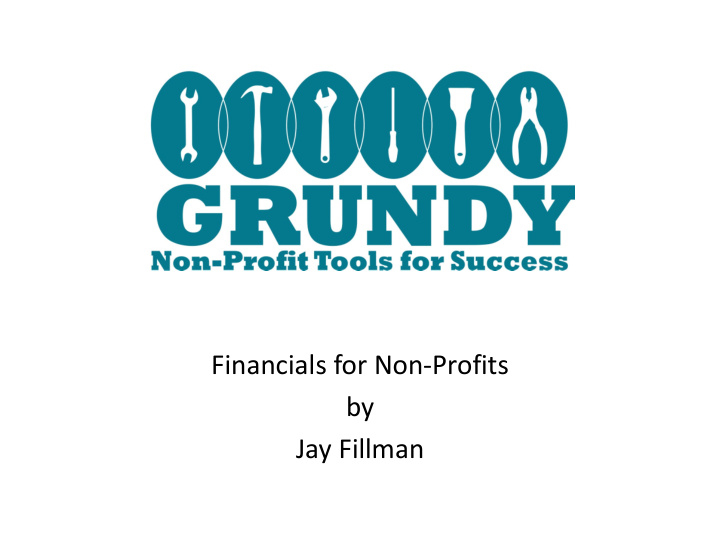



Financials for Non-Profits by Jay Fillman
What are the four financial statements typically produced by a company?
The four main financial statements for a small business include the income statement, the balance sheet, the statement of cash flow and the statement of owner's equity. Private companies and small businesses don't need to prepare financial statements. However, if they want to go public or need financing, a set of financial statements will come in handy. The statements help small business owners to compile their financial records, and compare the performance of the current period against prior periods and the industry average.
1. Income Statement The basic components of an income statement are revenues, expenses and profits. The top line usually shows the revenue and the bottom line displays the net income or loss. Companies incur losses if expenses exceed revenues. The size and complexity of a company determines the number of items on the income statement, but the key categories include sales, operating expenses and non-operating expenses. Gross profit equals sales minus cost of goods sold. Operating expenses include advertising, administrative and selling costs. Cost of goods sold equals the cost of acquiring, assembling or manufacturing products. Net income equals sales minus the sum of the cost of goods sold, operating expenses, interest and taxes. The income statement of a small company may have just two headings: "sales" and "expenses," with a list of the major items.
2. Balance Sheet The balance sheet components include assets, liabilities and owner's equity. Assets are displayed on the left side while the other two components are shown on the right side. The basic accounting equation states that assets must equal the sum of liabilities and owner's equity. Assets include current assets, such as cash and inventory, plus fixed assets, such as the plant and other property. Liabilities include short-term liabilities, including accounts payable, and long-term liabilities, such as bonds. A small business may not have any long-term debt. The owners' equity section of the balance sheet may contain just the ending balance of the period because the statement of owner's equity shows the calculation of the ending balance.
3. Statement of Cash Flow The statement of cash flow for a large company usually groups the cash flow into the operating, investing and financing activities sections. However, this statement for a small business may contain just two sections: "cash inflows" and "cash outflows." Cash inflows include cash sales, collected receivables, investment income and fee income. Cash outflows include salaries, interest, rent, inventory purchases, utilities and line-of-credit balance repayments. Net cash flow is the difference between cash inflows and cash outflows.
4. Statement of Owner’s Equity The statement of owner's equity reports changes in owner's or partners' equity between accounting periods. The key components are the beginning equity balance, additions and subtractions during the period, plus an ending balance. Additions include the net income and additional owner investments, while subtractions include dividend payments and owner withdrawals. The ending balance equals the beginning balance plus additions minus subtractions.
Recommend
More recommend